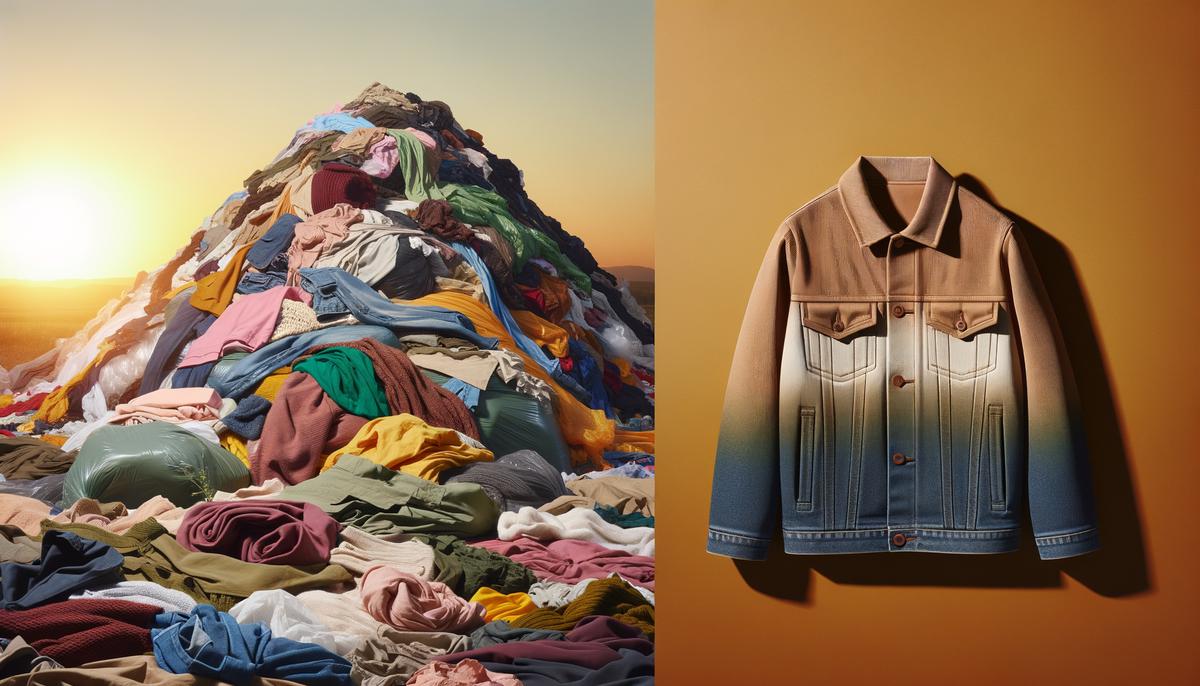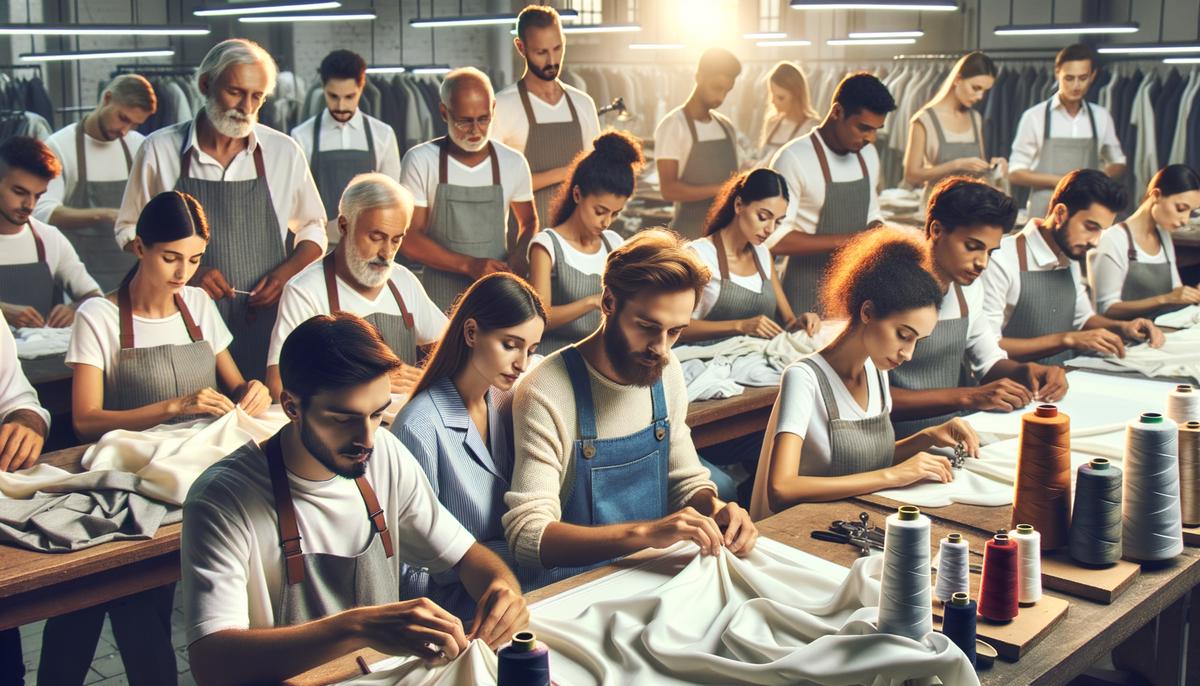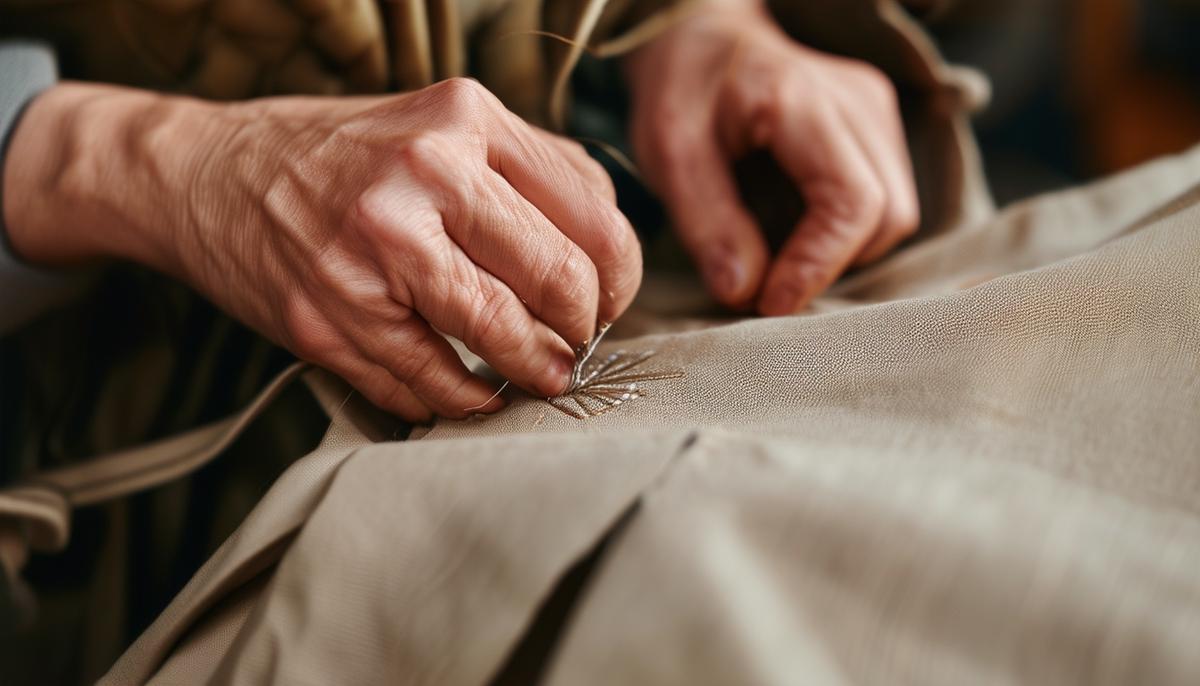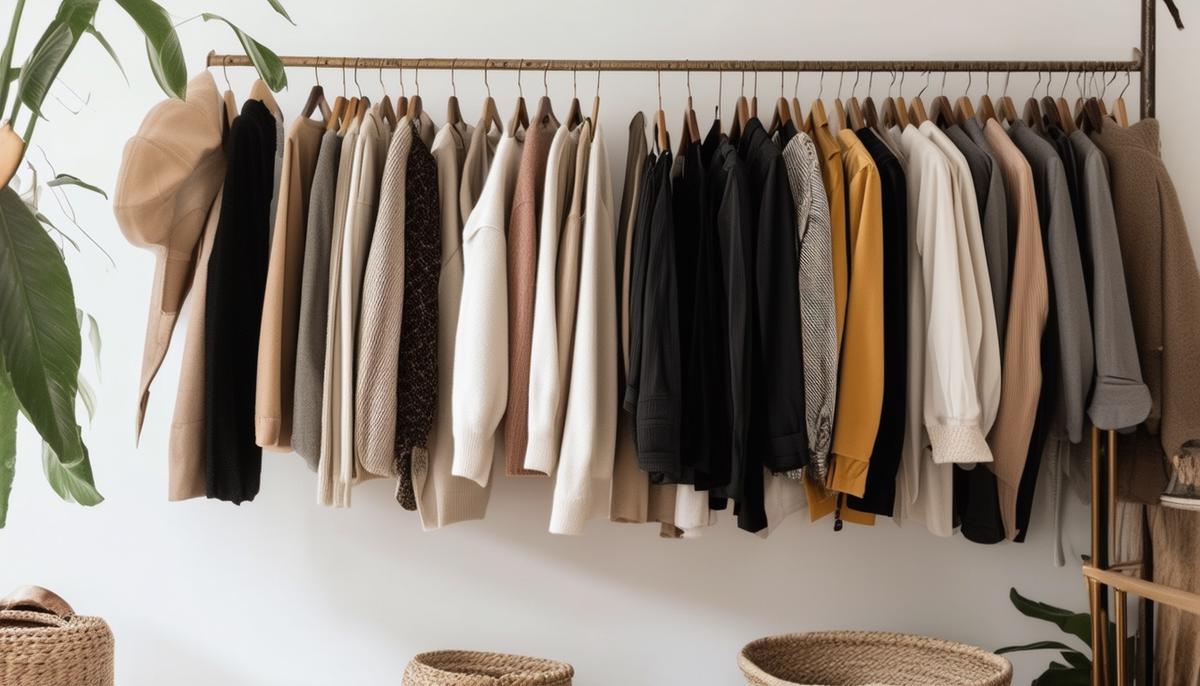Slow fashion is redefining how we perceive clothing, emphasizing sustainability, quality, and ethical practices. This movement encourages thoughtful choices that benefit not just our wardrobes but also the planet and the people who make our clothes.
Environmental Impact
Slow fashion isn't just about sustainability—it's about making a tangible difference to our planet. By slowing down, we reduce waste dramatically. Fast fashion churns out mountains of cheap clothes that end up in landfills, while slow fashion brands produce fewer, higher-quality items that endure longer, resulting in less textile waste.
Now, let's address carbon emissions. Fast fashion's frenzy demands massive energy for production, transportation, and frequent inventory turnover. Slow fashion calms this storm by focusing on local production and using eco-friendly materials, cutting down the carbon footprint.
Next is water usage. Fast fashion guzzles water at an alarming rate, while slow fashion brands often use innovative dye processes and recycled materials, drastically reducing water consumption and keeping freshwater resources unpolluted.
Microplastic pollution is another issue. Fast fashion loves plastic-based fibers like polyester, releasing countless microplastic fibers into the oceans with every wash. Slow fashion opts for natural, biodegradable materials like organic cotton and hemp, resulting in fewer microplastics harming marine ecosystems.
Conserving natural resources is another win for slow fashion. Fast fashion depletes the earth's resources rapidly, while slow fashion aims for thoughtful consumption—choosing timeless pieces made from sustainable, responsibly sourced materials like organic cotton or recycled fabric, minimizing the environmental footprint.

Economic and Social Benefits
Slow fashion extends beyond environmental care; it reaches into the core of our social and economic well-being. Unlike fast fashion, which often exploits labor in developing countries, slow fashion brands ensure fair wages and safe working conditions. When you invest in a slow fashion garment, you're endorsing ethical labor practices and contributing to a system that values human dignity over profits.
Economic advantages extend to local artisans and small businesses. Buying from local makers directly supports their livelihoods and helps sustain traditional craft techniques. This boosts local economies and fosters a vibrant, culturally rich marketplace.
Slow fashion cultivates sustainable economies by advocating for responsible consumption, reducing the volatile cycles of fast fashion. By focusing on quality over quantity and investing in timeless pieces, consumers shift away from a throwaway culture, fostering a stable marketplace less susceptible to fluctuations.
Not only does slow fashion support ethical labor and local economies, but it also promotes a more sustainable financial structure overall. Encouraging investments in high-quality, long-lasting garments reduces the need for constant replacements, saving consumers money and decreasing strain on natural resources and industrial outputs.

Durability and Quality
Slow fashion prioritizes materials and craftsmanship that deliver longevity, making every purchase a worthy investment. Instead of synthetic fibers like polyester that wear out quickly, slow fashion opts for high-quality, sustainable fabrics like organic cotton, linen, wool, and recycled fibers.
The craftsmanship behind slow fashion is impressive, with garments thoughtfully crafted by skilled artisans who care deeply about their work. This careful attention to detail means each stitch, seam, and hem is built to last, resulting in pieces that endure even with frequent use and cleaning.
A well-constructed slow fashion item, like a coat made from ethically sourced wool, will keep you warm season after season with its timeless aesthetic and enduring quality. This challenges the transient appeal of fast fashion, bringing us back to valuing timeless design and quality.
Besides environmental benefits, this focus on durability and quality also means significant cost savings over time. When you're not constantly replacing worn-out clothing, you end up saving money in the long run. It's about investing in valuable pieces that stand up to wear and tear.
Slow fashion garments are typically easier to care for and maintain their integrity better than cheaply made ones. Basic sewing skills can go a long way in keeping your items in circulation longer and reducing the need for frequent replacements.

Consumer Mindset and Lifestyle Changes
Slow fashion promotes a shift in how we perceive and approach our clothing choices, inspiring a consumer mindset deeply rooted in mindfulness and intentionality. It's about embracing the concept of buying less, but choosing better—a stark contrast to the incessant cycle of consumption fostered by fast fashion.
Adopting a slow fashion mindset starts with shopping with intention. Before making a purchase, reflect on whether you genuinely need the piece, if it complements your existing wardrobe, and if the brand aligns with your values around sustainability and ethical production.
Beyond buying less, taking care of our garments plays a crucial role. Proper care extends the life of your clothing, saving you money and reducing waste. This involves:
- Reading care labels
- Washing appropriately
- Learning basic repair skills to keep your clothes in use longer
Choosing second-hand or locally made items is another fantastic way to embrace slow fashion. Thrift stores, vintage shops, and online resale platforms offer unique and high-quality pieces, saving resources and adding character to your wardrobe. Supporting local artisans and small businesses also represents the heart of slow fashion, contributing to a sustainable economy and preserving traditional craftsmanship.
Incorporating slow fashion into your lifestyle doesn't mean overhauling your entire wardrobe at once. Start small: purchase thoughtfully, care for the clothes you already have, and explore second-hand options. Gradually, these habits will become second nature, leading to a more sustainable, ethical, and stylish approach to fashion.

Choosing slow fashion means embracing a more mindful and sustainable approach to what we wear. Each intentional purchase and well-cared-for garment contributes to a healthier world, making fashion a force for good.
- Fletcher, K. (2008). Sustainable fashion and textiles: Design journeys. Earthscan.
- Joergens, C. (2014). Ethical fashion: Myth or future trend? Journal of Fashion Marketing and Management, 18(3), 360-371.
- Textile Exchange. (2020). Preferred fiber & materials market report 2020.
- United Nations Environment Programme. (2019). Putting the brakes on fast fashion.
Leave a Reply